History
Background
The SS Elbe was built at the Govan Shipyard of John Elder & Company, Ltd, Glasgow in 1881 for the Norddeutscher Lloyd of Bremen. The Elbe had a 3 cylinder compound engine which provided power to her single-screw propeller. She had a straight bow, two funnels and four masts. Most of the journeys made by the ship were transatlantic, but she also made three trips to Adelaide in Australia.
The ship was launched on 2 April 1881 and started her maiden voyage on June 26th of that same year. The Elbe was the first of a series of eleven express steamers known as the 'Rivers Class' (all of them were named after German rivers). It was a fast ship for her time, with a cruising speed of 15 knots but her speed came at the cost of the amount of cargo the ship could carry. This, combined with the large consumption of coal needed to get those high speeds made it an expensive ship to operate.
Throughout her career, the Elbe transported many immigrants from Europe to the US.
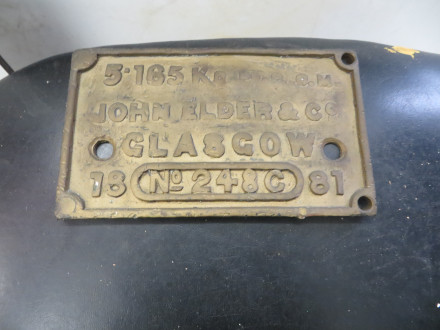
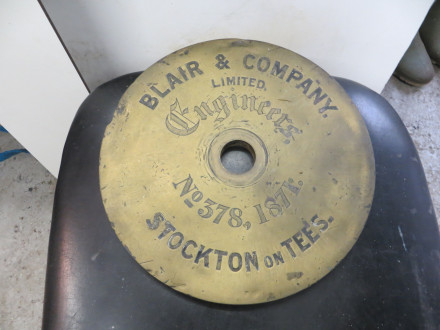
Demise
In the night of January 30th, 1895 the Elbe left Bremerhaven where she would never return. They left port with 354 passengers under the command of captain von Gössel to set sail to New York City. Not too far in the journey it all went wrong. The weather was cold and stormy and the sea was wild. Around 5:30 a.m. they collided with another ship, the SS Crathie, which was on its way from Aberdeen to Rotterdam. Because of the poor visibility, the Elbe had fired several warning rockets to alert other ships to her presence. But this had probably gone unnoticed by the crew of the Crathie and she did not alter her course, which led to a fatal collision. The Crathie hit the Elbe at full speed on the port side of the ship, the force of which was so tremendous that the Elbe immediately started to take in water with whole compartments flooding with ice cold seawater in minutes. The captain immediately gave orders to abandon ship and they started evacuating right away, but without much success since because of the cold and stormy weather the lifeboats and their ropes and derricks were all frozen up. Only two lifeboats could be launched one of which capsized right away since too many passengers tried in vain to squeeze into the boat. The survivors in the other lifeboat remained at the mercy of the seas until they were picked up five hours later by the crew of a fishing boat called the Wildflower. The Elbe had sunk within 20 minutes of the collision and the only survivors were the 20 people who managed to get into the lifeboat.
A court case ensued over the incident in Rotterdam in November 1895. The Crathie was found to be solely at fault for the disaster, yet the captain only received a reprieve for leaving the accident scene, a fact that caused an outrage across the world at the time. The crew of the Wildflower received honors for their actions from Kaiser Wilhelm II.
Description
Type: passenger/cargo ship with 4 masts, a class of express steamers known as the 'Rivers Class'.
Yard: John Elder & Co., Glasgow.
Owner: Norddeutscher Lloyd (North German Lloyd), Bremen.
Material: steel.
Propulsion: 3-cylinder compound steam engine, single propeller.
Passenger accommodations: 179 first class, 142 second class and 796 steerage.
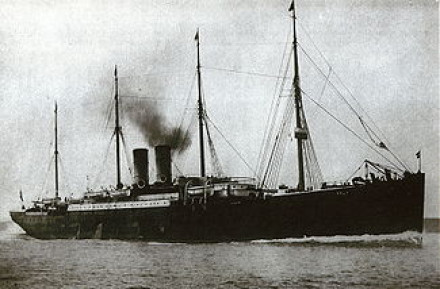
| Master | von Gössel |
|---|---|
| People on board | 352 |
| Length | 416 ¼ feet (126.9 m) |
| Width | 45 feet (13.7 m) |
| Tonnage | 4510 ton |
Status
It appears that a search for the Elbe has been carried out around 1910 because of rumors of valuable cargo (Hull Daily Mail, Tuesday 14 June 1910). It is unclear whether this was successful.
Early in 1987, the Elbe was located on the sea floor by a group of Dutch amateur divers. They managed to salvage some artefacts which enabled them to identify the ship. The finds were officially reported to the Cultural Heritage Agency of the Netherlands. Some of the artefacts are pictured here and more can be found in the references section.
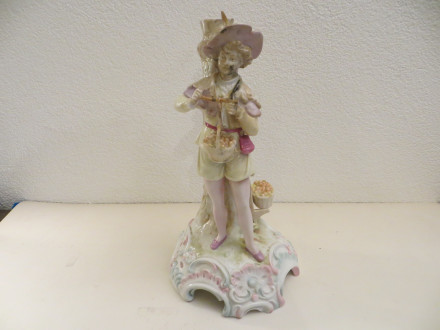
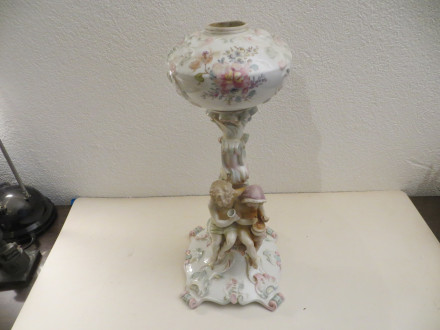
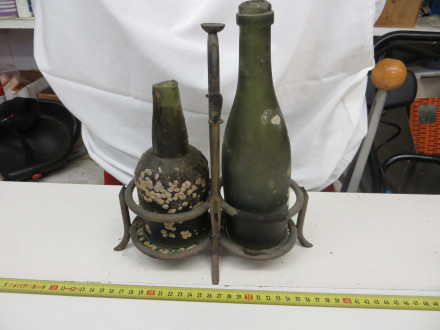
References
- Meer info over vondsten.
Portable Antiquities Ensemble: SS ELBE 1881-1895 PAN-S-00097. - Wrecksite.eu.